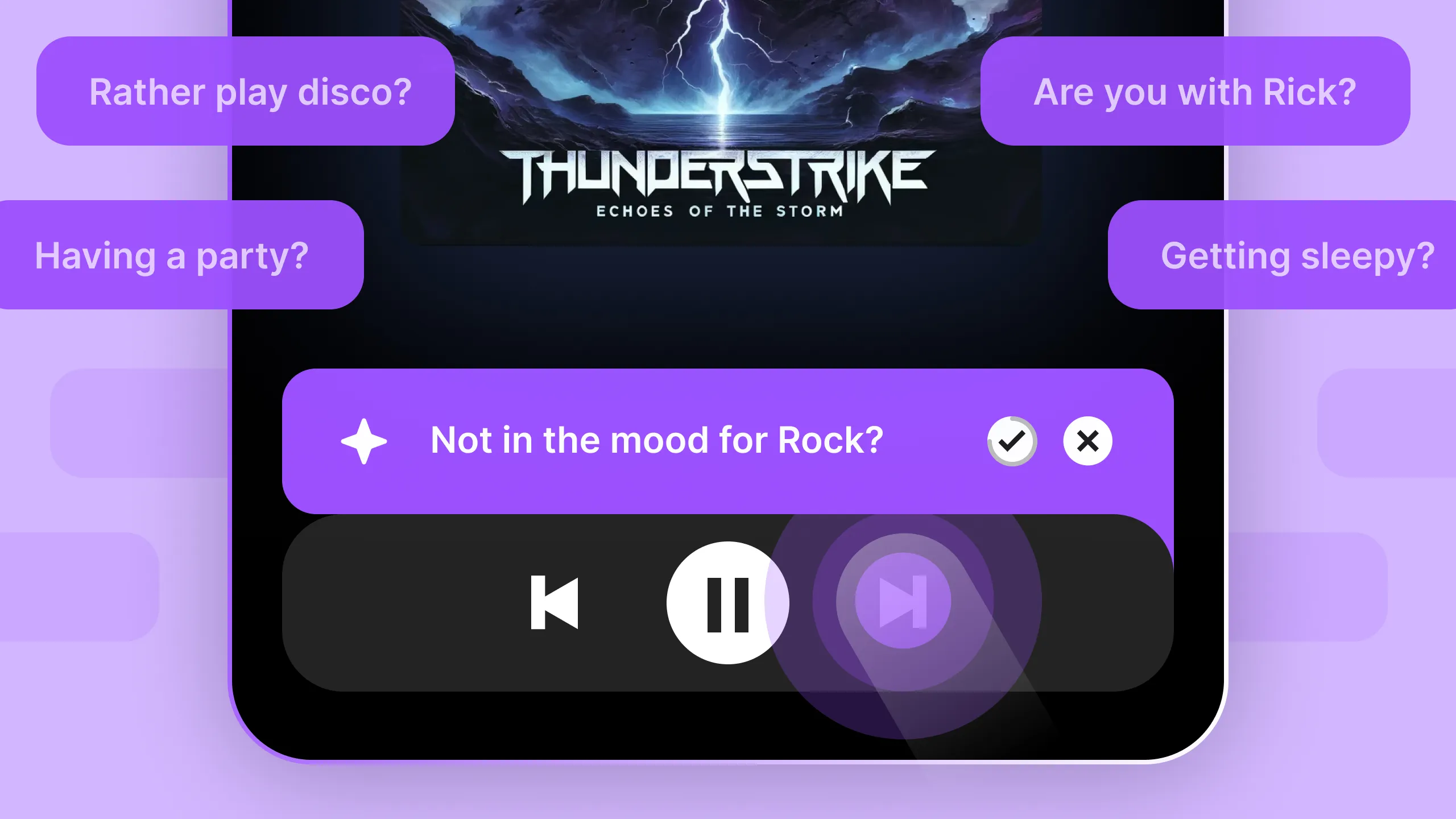Manage your data context
You should control how products and services (not) access your data through a manageable profile. This allows you to create a relevant context across many platforms while maintaining control.


When asked for my data, I want to control access to the data I have built over time, so I can ensure services can assist me effectively while protecting my privacy.


- Bring your own data: Storing user context information in some form of browser can transform it into an integral part of your digital identity, accessible by any digital services in one place and only when needed and permitted.
- Curating personal data: You can support users to identify and prioritize the most important data about themselves. For example through an interactive interview format.
- Data Management agent: An AI-powered agent could assist people in managing and protecting their relevant data points, as it might be challenging for individuals to handle all the information on their own.

More of the Witlist

Input design concepts in small bits and see the cumulative output in real-time. Explore different combinations and immediately visualize the results, making the creative process interactive and flexible.

AI collaboration agents can act as writing partners that assist people by enhancing their content through transparent, easily understandable suggestions, while respecting the original input.

An intelligent assistant that analyzes emails to identify questions and feedback requests, providing pre-generated response options and converting them into complete and contextually appropriate replies.

When an observation is added to the context from an implicit action and a prediction is made, users should be able to easily evaluate and dismiss it.

Guide users to understand what makes a good prompt will help them learn how to craft prompts that result in better outputs.

Realtime generation allows people to manipulate content instantly, giving them more agency in using generative AI as a tool for exploration.